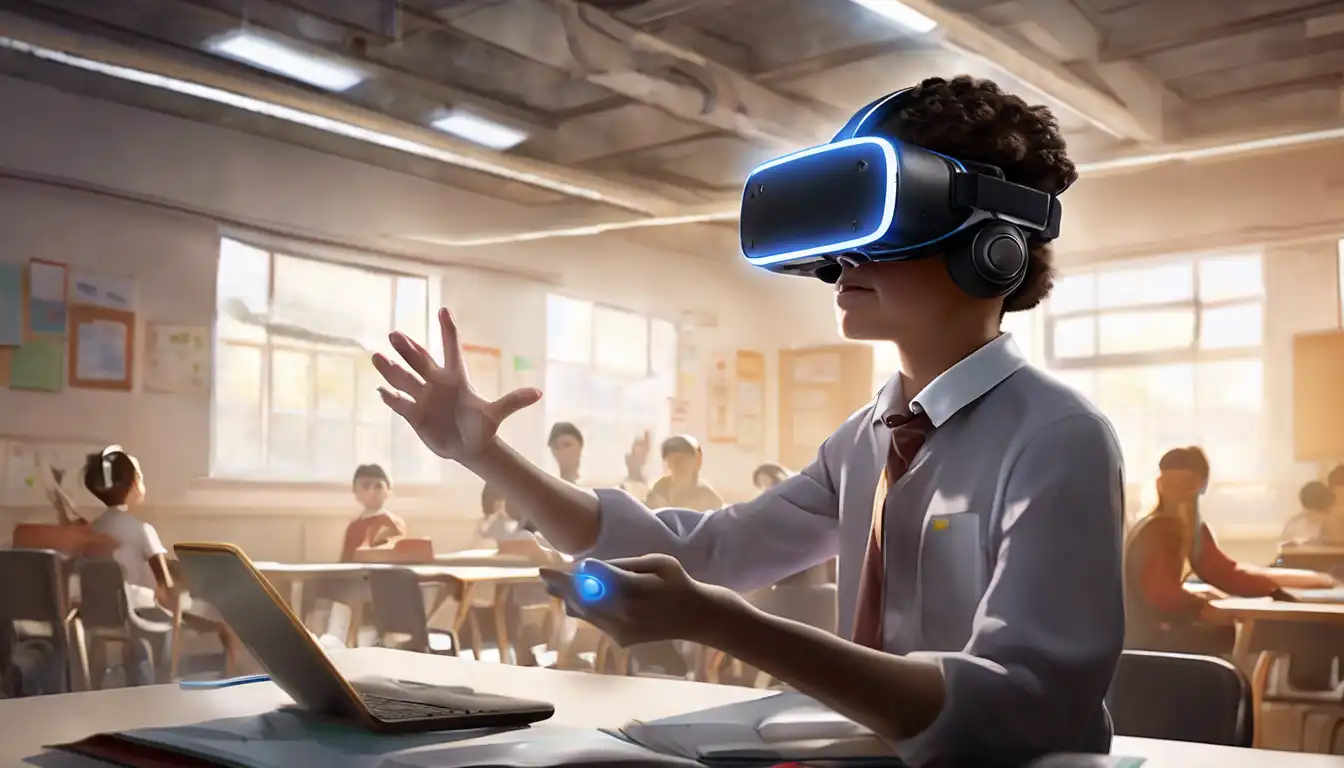The Transformative Impact of Virtual Reality on Learning and Skill Development
Virtual Reality (VR) technology has been making waves across various sectors, but its potential in education and training is particularly noteworthy. By creating immersive, interactive environments, VR offers unparalleled opportunities for experiential learning and skill acquisition. This article delves into how VR is revolutionizing the way we learn and train, making education more accessible, engaging, and effective.
Why VR in Education and Training?
VR's ability to simulate real-world scenarios makes it an invaluable tool in education and training. From medical students performing virtual surgeries to mechanics practicing repairs on virtual engines, VR provides a safe, controlled environment for hands-on learning. This not only enhances understanding and retention but also significantly reduces the risks and costs associated with traditional training methods.
Key Benefits of VR in Learning
- Enhanced Engagement: VR's immersive nature captures learners' attention like never before, making learning more engaging and enjoyable.
- Improved Retention: Experiential learning through VR has been shown to improve memory retention by allowing learners to 'experience' the material.
- Accessibility: VR can bring distant or inaccessible environments into the classroom, from historical sites to outer space.
- Customizable Learning Experiences: VR enables personalized learning paths, catering to the individual needs and pace of each learner.
Applications of VR in Various Fields
VR's versatility allows its application across a wide range of disciplines. In medical education, students can practice surgeries without risk to patients. In military training, soldiers can simulate combat scenarios safely. Similarly, VR is transforming corporate training, enabling employees to hone their skills in virtual environments that mimic real-life challenges.
Challenges and Future Directions
Despite its potential, VR in education and training faces challenges, including high costs and the need for technical infrastructure. However, as technology advances and becomes more affordable, these barriers are expected to diminish. The future of VR in education and training looks promising, with ongoing research and development paving the way for more innovative applications.
In conclusion, VR holds the key to transforming education and training by making learning more immersive, interactive, and effective. As we continue to explore its potential, VR is set to redefine the boundaries of what is possible in education and skill development.
